2016 Oripuerlab Laomane Cru 200g
2016 Oripuerlab Laomane Cru 200g
Impossible de charger la disponibilité du service de retrait
Ce thé pu erh cru est fabriqué à partir de feuilles de thé sauvage d'automne récoltées sur des arbres à Laomane (1200 m d'altitude). Il offre une amertume agréable qui disparaît rapidement pour se transformer en un arrière-goût complexe, doux et persistant. La texture est douce et non astringente..
Laomane
Élaboré à partir du théier "sucré" de Laomane, ce thé va au-delà d'un simple goût d'amertume. Il se caractérise par une délicieuse kuwei (amertume agréable) qui se marie harmonieusement avec sa texture riche et son huigan (arrière-goût) prononcé, ce qui le distingue des autres thés aux notes amères. Il offre une expérience unique, à plusieurs niveaux, à chaque infusion. Pour souligner cette distinction, nous recommandons de le comparer avec notre thé Pasha ou Nannuo.
Bien que ce thé puisse être trop affirmé pour ceux qui préfèrent des options plus douces, il peut encore surprendre et ravir leurs papilles gustatives avec son incroyable saveur. Nous vous encourageons à faire preuve d'ouverture d'esprit, car ce thé pourrait redéfinir votre rapport à l'amertume.
Doté d'un cha qi (énergie du thé) extraordinaire, ce thé peut facilement vous rendre "ivre de thé" à jeun. Par conséquent, si vous vous enivrez facilement de thé, veillez à manger quelque chose avant.
Oripuerlab
Si vous êtes un collectionneur de pu erh, vous savez probablement déjà que la marque Oripuerlab est devenue très populaire en Chine ces dernières années. Comme les occasions d'acquérir ses premières galettes deviendront de plus en plus difficiles, nous vous recommandons d'en acheter une dès maintenant.
Origine
Origine
- Year: 2016
- Season: Autumn
- Brand: Oripuerlab
- Origin: Laomane
- Shape: Tea cake
- Type: Raw pu erh tea
- Weight: 200g
Comment préparer le thé
Comment préparer le thé
How to make this Laomane tea?
There are two methods to prepare this pu erh tea cake:
Gongfu brewing
Brew 6 gram with 120 ml of water at 100 °C. Steep for 10 seconds for the first steep to loosen up the tea leaves. Apply a steeping time of 5 seconds for the second to sixth steep. Afterwards, gradually increase the steeping time according to your taste.
Western brewing
Steep 4 gram with 350 ml of water at 100 °C. Apply a brewing time of 30 seconds and add 20 minutes for each subsequent infusion.
Expédition, retours et méthodes de paiement
Expédition, retours et méthodes de paiement
Délai de livraison : 1 à 10 jours pour l'UE. Pour des estimations par pays, veuillez consulter la page d'informations sur la livraison au bas de notre site Web.
Taxes douanières : comme nous livrons depuis notre entrepôt de l'UE, aucune taxe ne vous sera facturée à la livraison. Toutes les taxes sont déjà incluses dans nos prix.
Livraison gratuite : disponible pour les commandes supérieures à 59 € pour les Pays-Bas/Belgique, 80 € pour la France, les autres pays de l'UE et le Royaume-Uni, et plus de 100 € pour les pays hors UE.
Retours : les commandes peuvent être retournées pour un remboursement dans les 30 jours. Les produits doivent être retournés dans un état non ouvert et non utilisé.
Partager

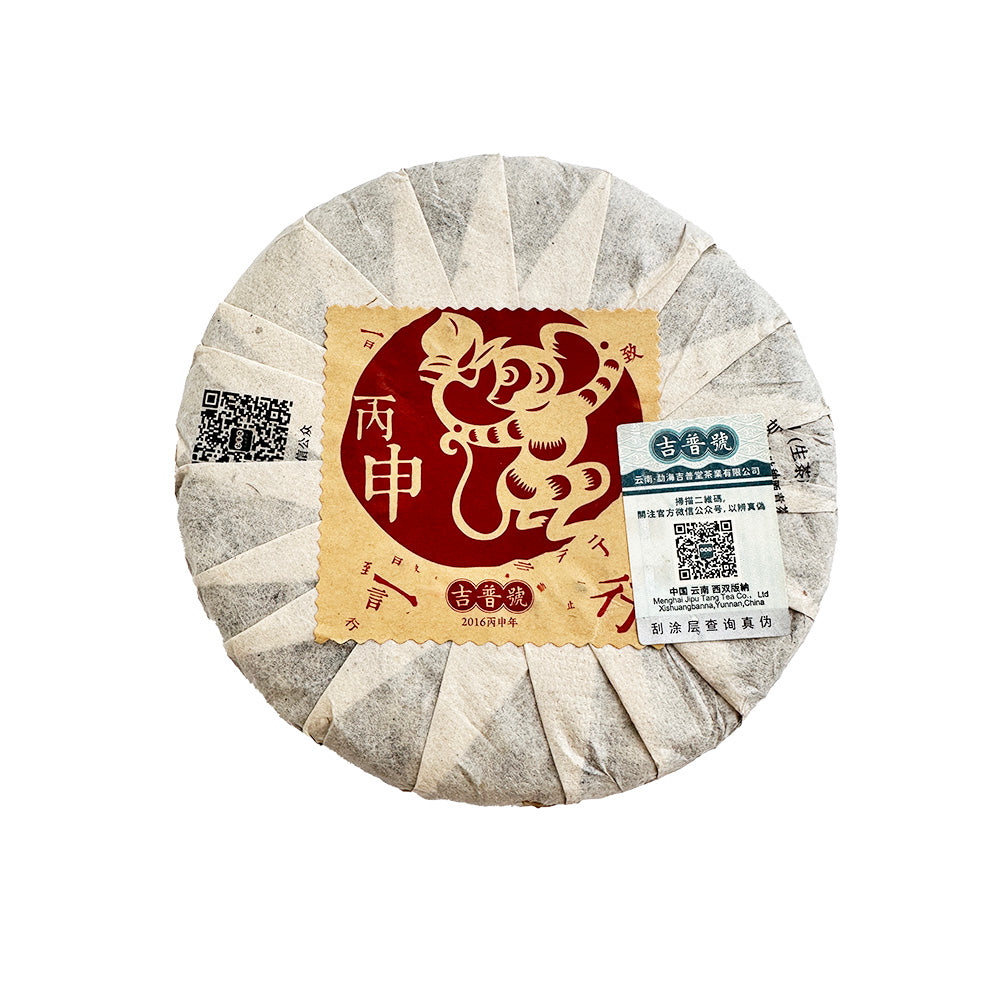
How this raw pu erh tea is made
-
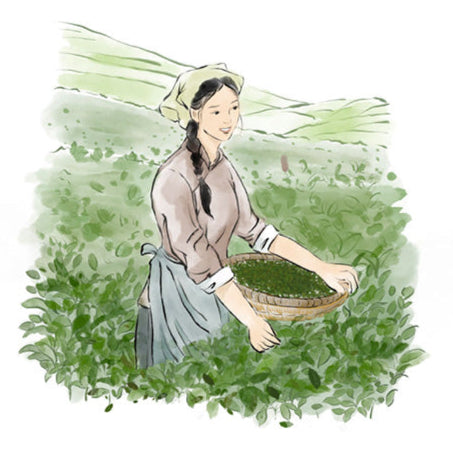
Picking
Tea leaves are hand-picked in the morning.
-
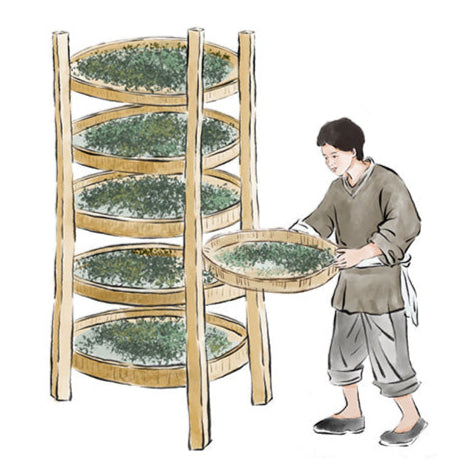
Withering
The leaves are spread on bamboo trays to wither.
-
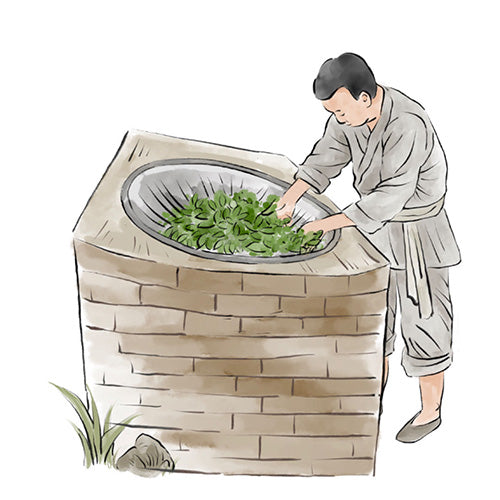
Fixation
The withered leaves are heated to halt oxidation.
-
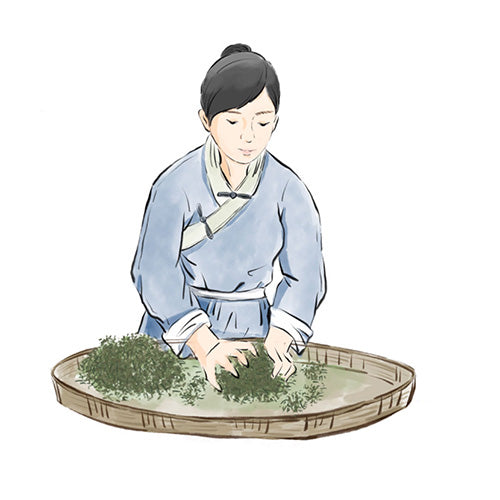
Rolling
The tea leaves are rolled to release their aroma.
-
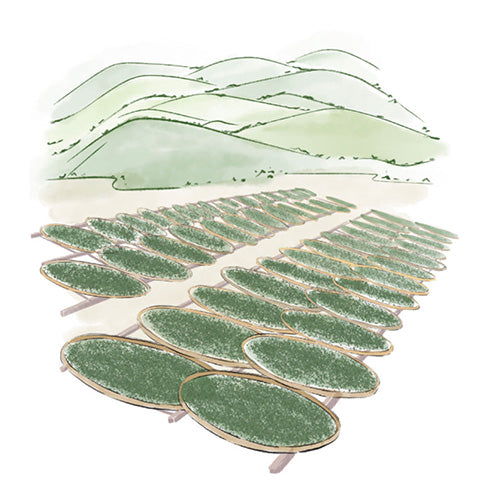
Sun Drying
Rolled leaves are spread on bamboo mats to sun-dry.
-
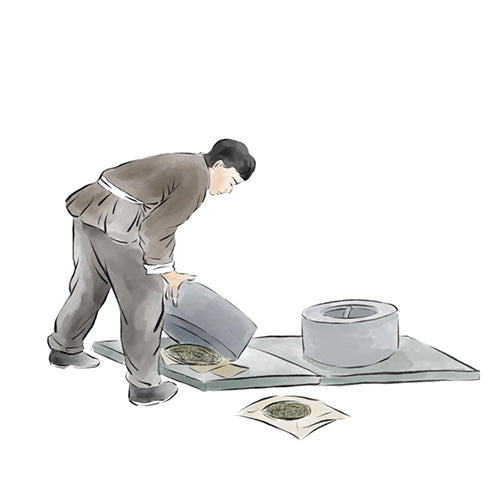
Pressing
The processed tea leaves are steamed & compressed.
-
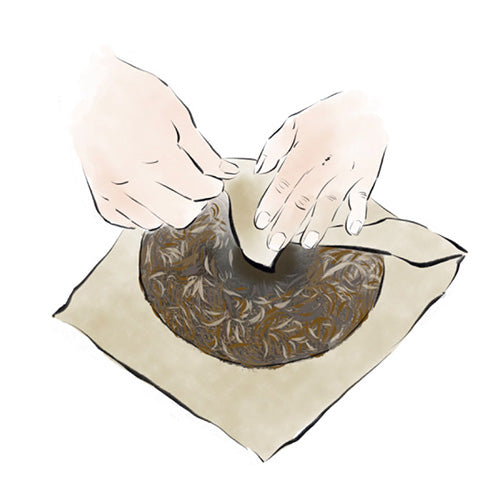
Packaging
The compressed tea is wrapped in paper & packed in boxes.
-
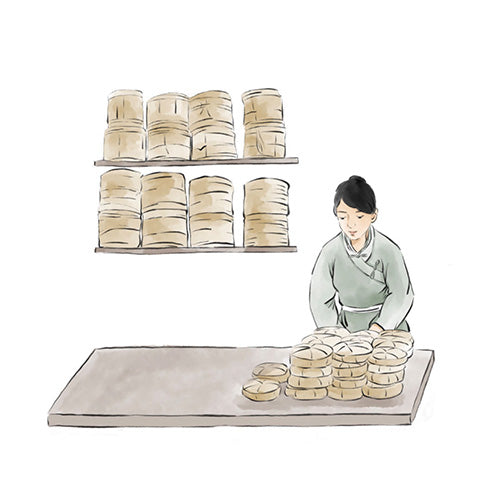
Aging
The raw pu erh tea is stored for further aging.










